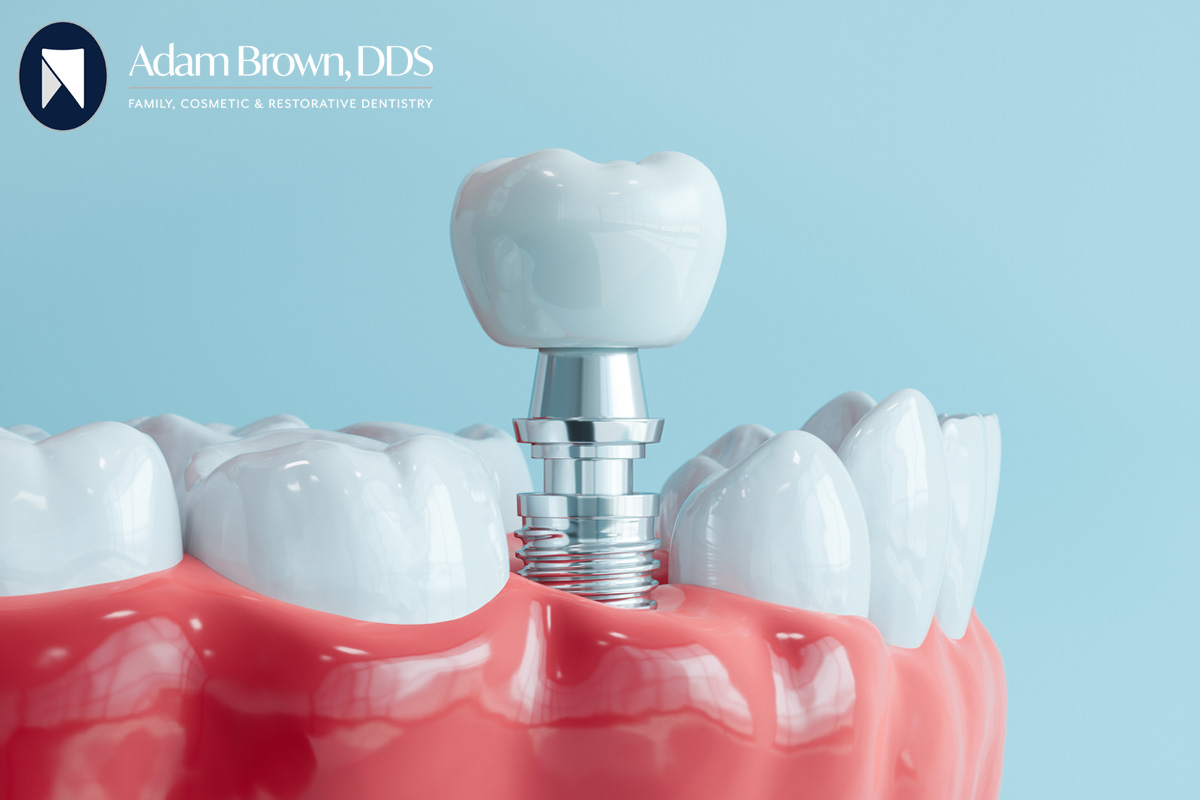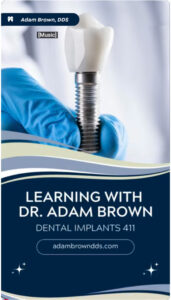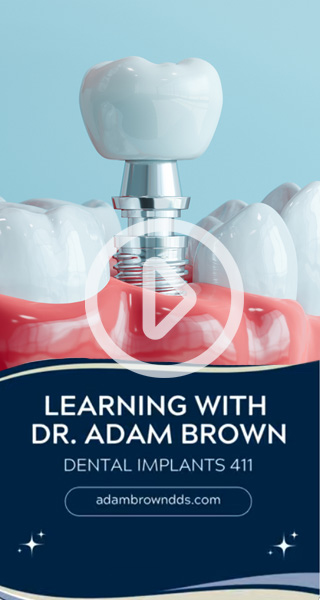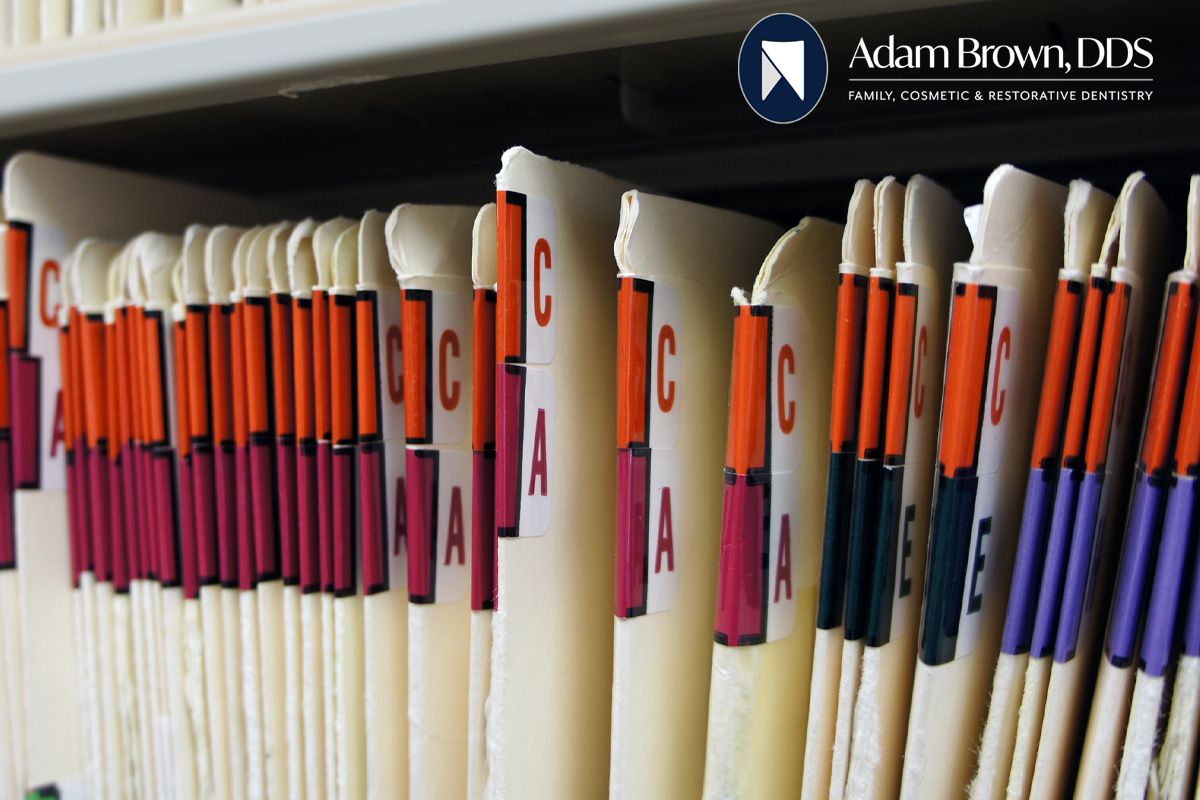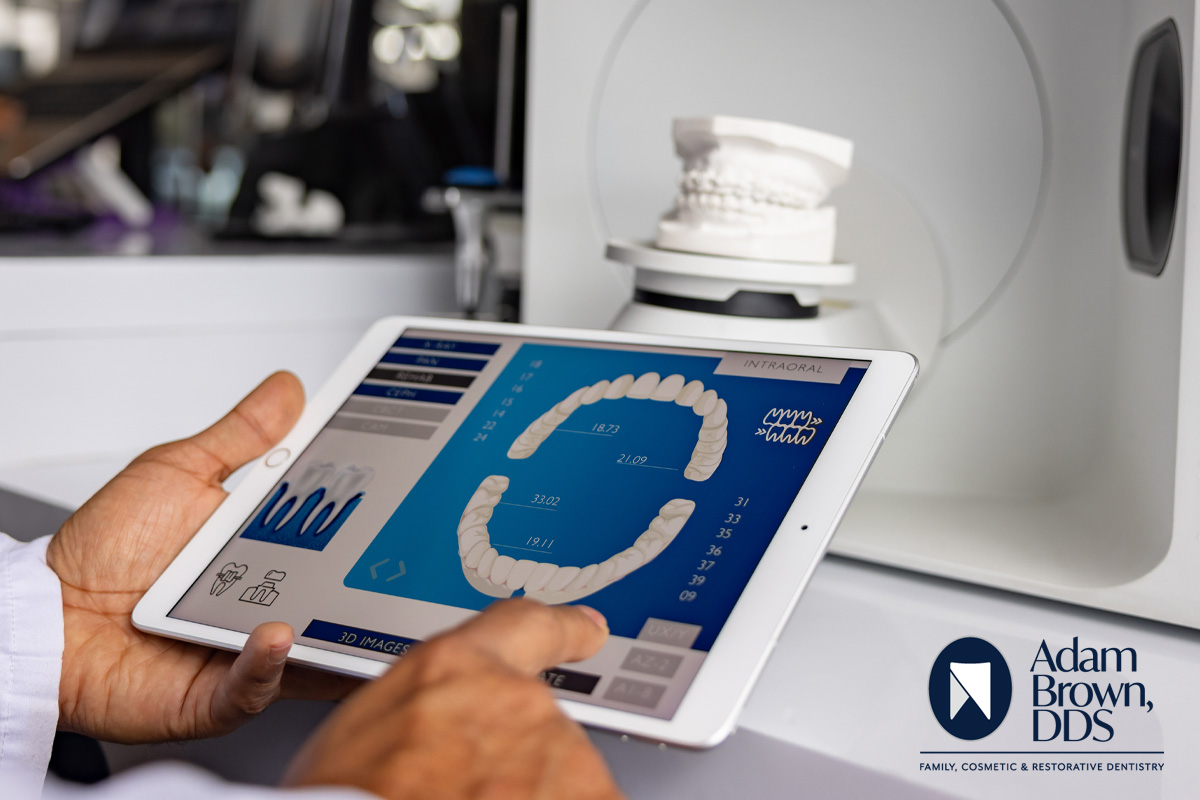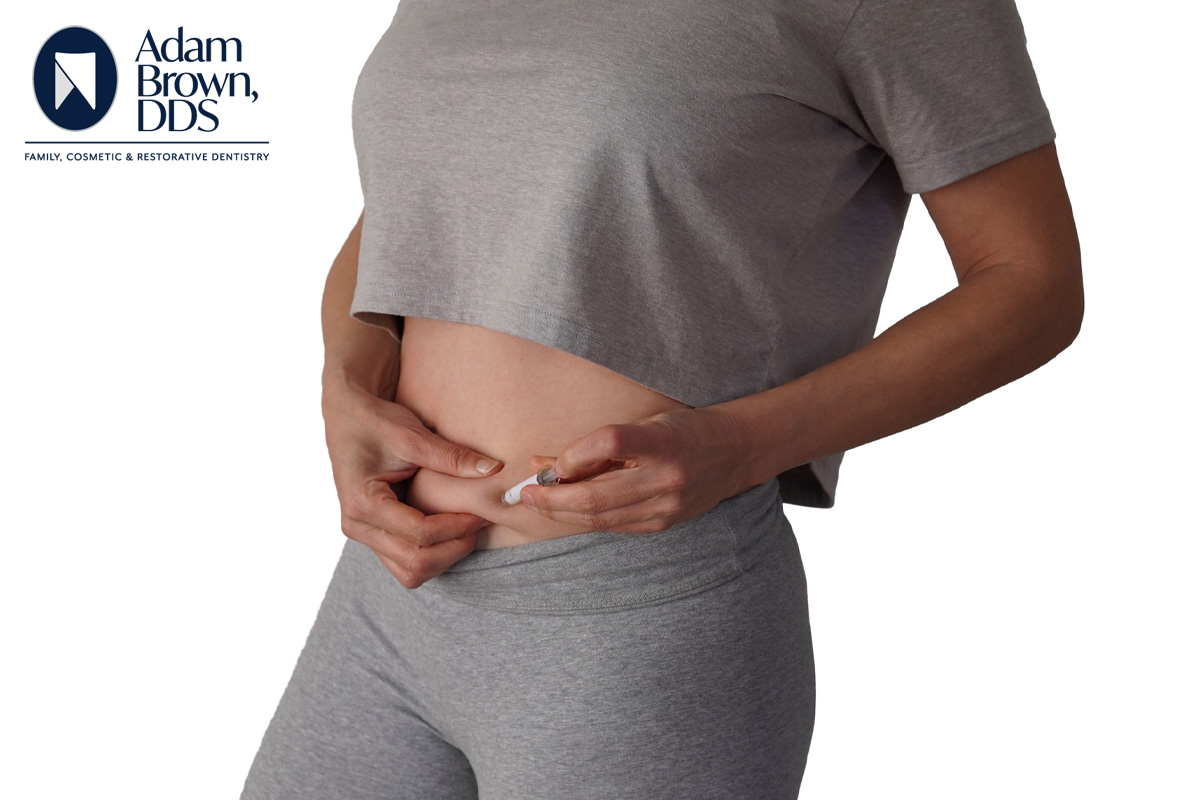All I Want for Christmas Is My Two Front Teeth: A Friendly Guide to Tooth Crowns
If you’ve ever looked in the mirror and thought, “Something about this tooth just isn’t working for me anymore,” you’re not alone. Around the holidays especially, we’re smiling for photos, catching up with family, and maybe indulging a little more than usual. That’s often when people notice chips, old dental work, or front teeth they wish looked just a bit brighter or more even.

One of the most common solutions Dr. Adam Brown discusses with patients is a tooth crown. Let’s walk through what crowns are, why you might need one, and the difference between posterior crowns and cosmetic crowns, including what affects the price.
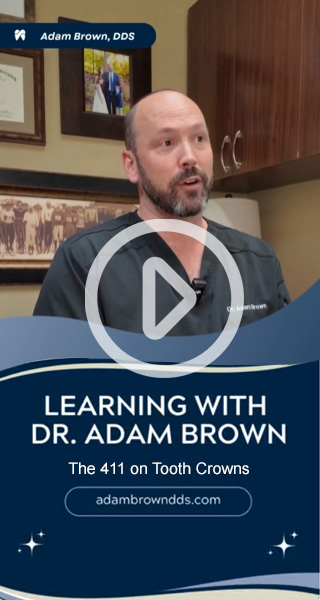
Posterior vs. Cosmetic Dental Crowns: Key Differences, Materials, and Cost Explained | Dr. Adam Brown
What Is a Tooth Crown?
A crown is a custom-made “cap” that covers a tooth. It restores the tooth’s shape, strength, and appearance. Think of it like a protective winter coat for your tooth except this one is designed to look natural and last for years.
Crowns can be used for both health reasons (like protecting a damaged tooth) and appearance reasons (like improving how a tooth looks).
What Is a Posterior Crown?
Posterior crowns are crowns placed on your back teeth—your premolars and molars. These teeth do the heavy lifting: chewing, grinding, and handling daily wear and tear. Because of that, posterior crowns are designed mainly for strength and durability.
Posterior crowns are usually made of high strength materials.
There are a few great options, and the “best” depends on your bite, habits, and the tooth itself. In general, posterior crowns often use materials known for toughness, such as:
- Zirconia or high-strength ceramics (great durability)
- Porcelain-fused-to-metal (strong core with natural look)
- Gold or metal alloys (extremely long-lasting, though less common today for visible teeth)
Dr. Brown will recommend the right material based on your specific tooth and how you use it.
What Is a Cosmetic Crown?
Cosmetic crowns are typically placed on front teeth—your smile teeth. These crowns are designed not just to function well, but to look beautiful and lifelike.
Dr. Brown explains that cosmetic crowns usually involve:
- More detailed planning
- More lab time and additional lab technicians
- Customization for each tooth (because no two front teeth are exactly alike)
- Premium materials that match natural enamel and translucency
Basically, cosmetic crowns are like tailoring a suit instead of buying one off the rack. You get something built specifically for your smile.
Crown Pricing: Why the Range?
Dr. Brown shares these typical ranges:
- Posterior crowns: $850–$1,300
- Cosmetic crowns (front teeth): $1,500–$2,500 per crown
Why might cosmetic crowns cost more?
A few main reasons:
- More planning and precision
Cosmetic cases require extra attention to smile design—things like shape, symmetry, and how teeth match your face. - More lab involvement
Multiple technicians may be involved to achieve a natural result, especially for front teeth. - Customization
Each tooth is unique. Cosmetic crowns are built to match your specific bite, color, and tooth character. - Material costs
The high-end ceramics used for front teeth can be more expensive because they’re made for realism and beauty.
In short: posterior crowns prioritize strength; cosmetic crowns prioritize strength and artistry.
Crowns aren’t only for “bad teeth.” People choose crowns for plenty of reasons—some are health-related, and others are purely about improving the look of a smile. Dr. Brown often sees patients who are interested in crowns for reasons like these:
- After braces
Maybe you had orthodontic treatment years ago, but a tooth has shifted, worn down, or older dental work needs an update. - Instead of braces
Some people want to improve the appearance of a tooth without committing to orthodontics. A crown can offer a faster, more direct way to change shape, size, or alignment. - To improve the color or overall look of the front teeth
Cosmetic crowns can brighten, reshape, and create a more balanced smile—especially when whitening or bonding isn’t enough. - To protect a weakened or damaged tooth
Crowns are commonly recommended for teeth that are cracked, heavily filled, worn down, or have had root canal treatment and need extra protection.
Whether you need a strong chewing tooth in the back or a show-stopping front-tooth upgrade, the point of a crown is simple, it protects your tooth and gives you a confident smile!
Ready to Talk Crowns?
If you’ve been thinking about improving a tooth—front or back—crowns might be the perfect next step. The best way to know what type you need (and what it would cost for your case) is a personalized exam.
To get started, call our office to schedule a consultation. Your future holiday photos will thank you.

